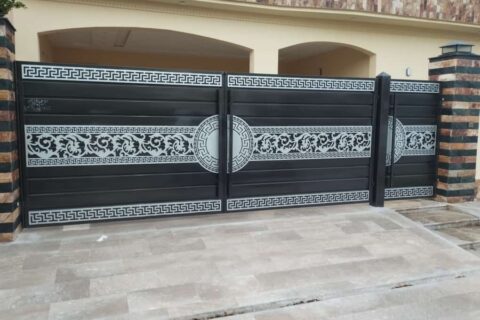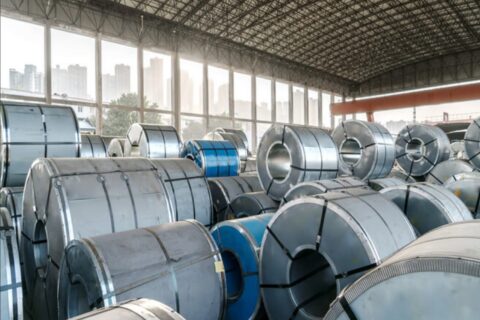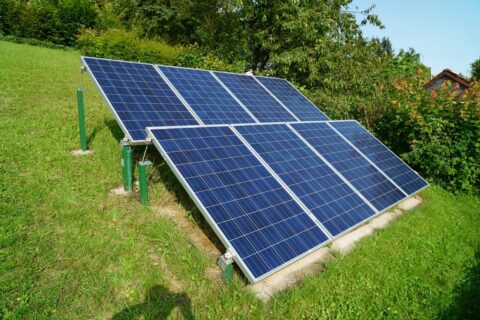-
The Versatile Metal: Exploring the Properties and Applications of Aluminium
- Aluminium, also spelled aluminum, is a versatile and highly abundant metal with a wide range of applications in various industries. It is the third most abundant element on Earth, after oxygen and silicon, and the most abundant metal.
- Aluminium is a silvery-white, soft, and lightweight metal that has a low density compared to other metals such as copper, iron, and zinc. It has excellent corrosion resistance due to its ability to form a thin layer of oxide on its surface, which acts as a protective barrier against further corrosion.
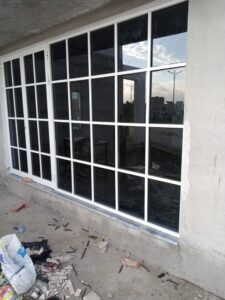
- The history of aluminium dates back to the early 19th century when a Danish scientist, Hans Christian Oersted, first isolated the metal in 1825. However, it was not until 1886 that Charles Martin Hall, an American chemist, and Paul Heroult, a French metallurgist, independently developed the Hall-Heroult process for the commercial production of aluminium. This process involves the electrolysis of alumina (aluminium oxide) dissolved in molten cryolite, a rare mineral found in Greenland.
- Aluminium has many important applications in modern society. It is used extensively in the aerospace industry for the manufacture of aircraft frames, engines, and other components due to its lightweight and strength. It is also used in the construction industry for the production of windows, doors, and cladding due to its durability and resistance to weathering.
- Another major application of aluminium is in the packaging industry. Aluminium foil is commonly used for food packaging and can also be found in drink cans, aerosol cans, and other types of packaging. Aluminium is an excellent material for packaging due to its ability to provide a barrier against light, oxygen, and moisture, which helps to preserve the freshness and flavor of food and beverages.
- Aluminium is also widely used in the automotive industry, where it is used for the manufacture of engine blocks, wheels, and other components. In addition, it is used in electrical and electronic equipment due to its excellent conductivity and corrosion resistance.
- Despite its many benefits, there are also some concerns regarding the environmental impact of aluminium production. The production of aluminium requires large amounts of energy, which can result in significant greenhouse gas emissions. In addition, the mining of bauxite, the raw material used in the production of alumina, can have negative impacts on the environment and local communities.
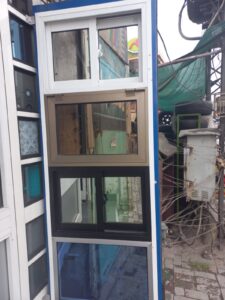
- Efforts are underway to address these environmental concerns through the development of more sustainable production methods and the recycling of aluminum. Recycling aluminum can save up to 95% of the energy required to produce new aluminum and significantly reduce greenhouse gas emissions.
- In conclusion, aluminium is a versatile and valuable metal with many important applications in various industries. Its unique properties make it an essential material for modern society, but it is important to ensure that its production and use are sustainable and environmentally responsible

